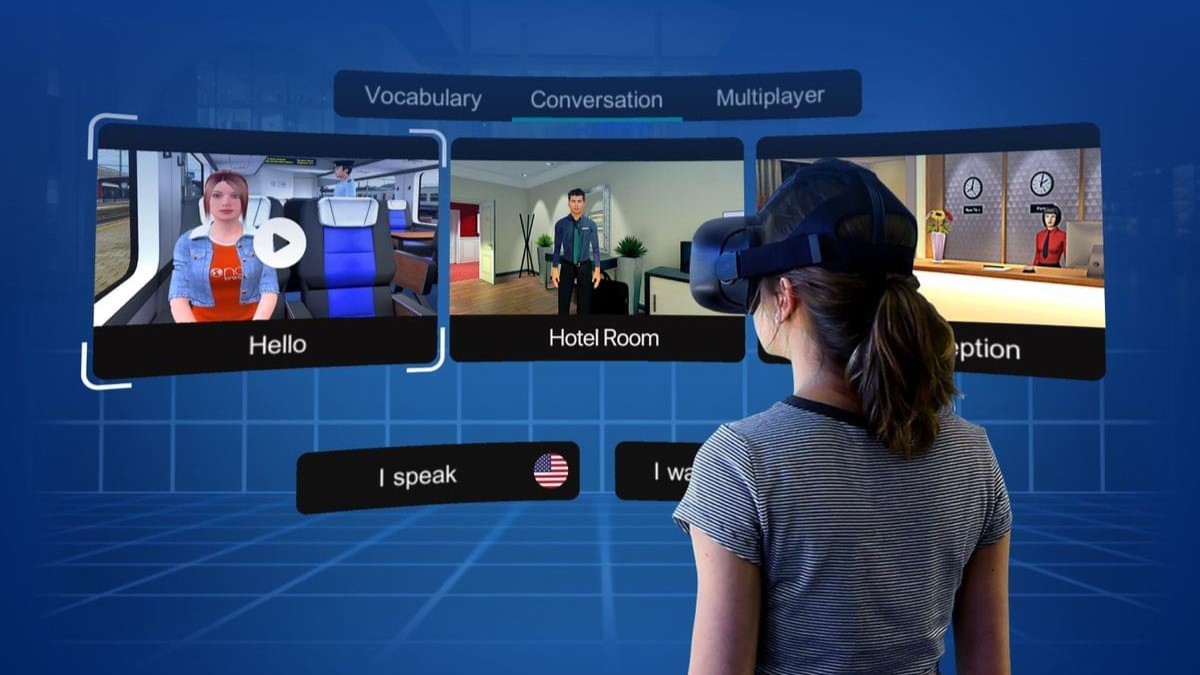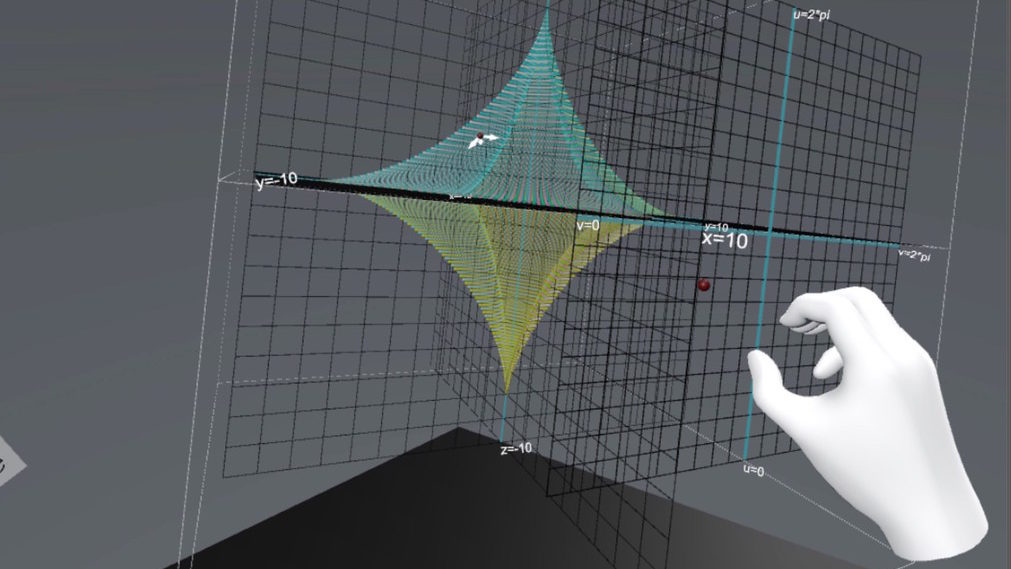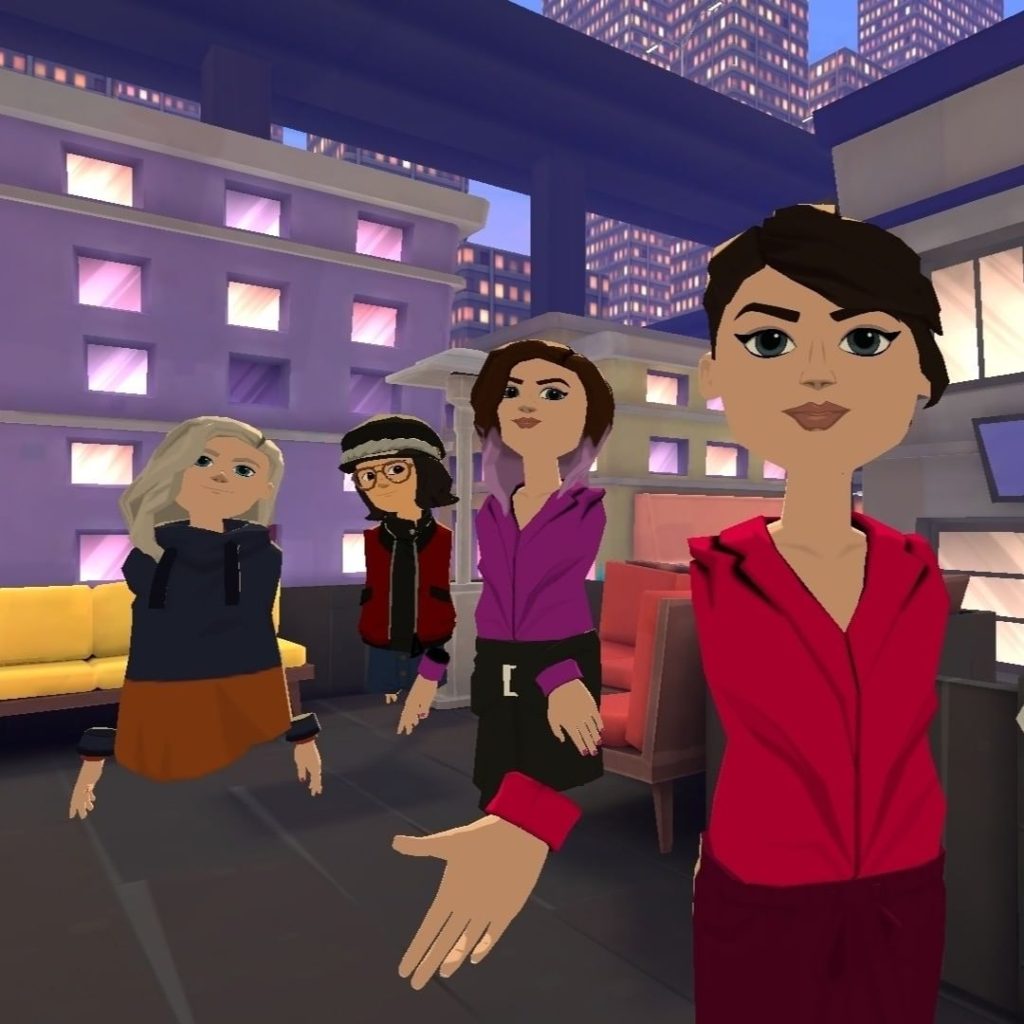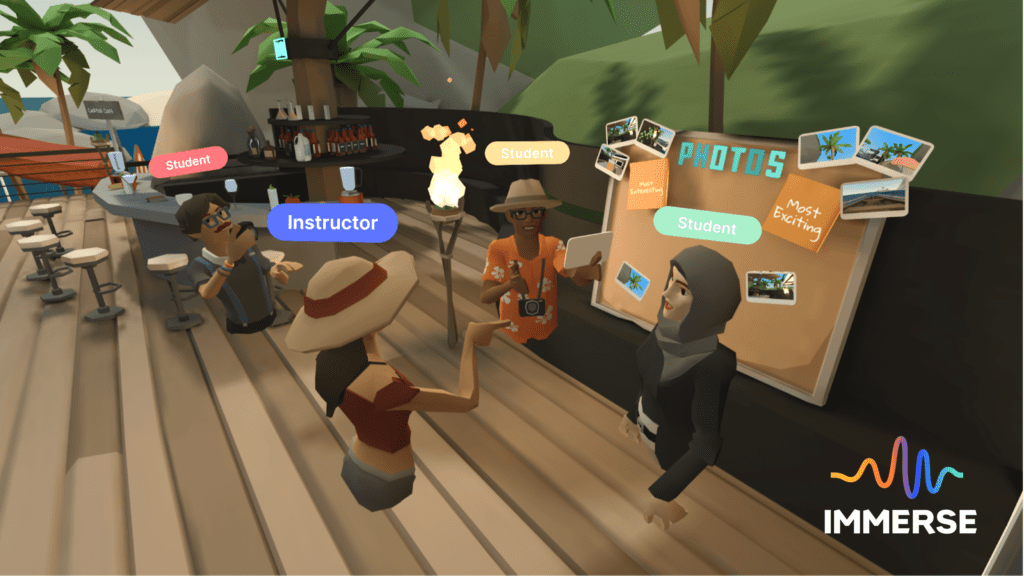
11 Oct How Virtual Reality Can Be Used To Develop New Skills
Virtual reality is an immersive visual medium that truly makes you feel like you’re suddenly somewhere else. VR can be an amazing gaming experience, but many other applications exist beyond gaming. I primarily use VR for exercise, but it can also be a great tool for planning, education, and helping those with disabilities. The focus today, however, is on how it can help build skills.
Many people are trying to get better at a skill or learn something completely new. Some examples of skills include improving one’s health through exercise, learning a language, improving social skills, or studying subjects that pique one’s interest. Due to virtual reality’s immersive capabilities, and realistic feel, it can have a substantial impact on those who use it. People ascribe memories to emotions, and a strong emotional reaction to a situation can make things stick. This is how virtual reality can help ingrain concepts and skills.

Some of the skills I am most interested in include learning languages and improving my knowledge and ability in mathematics. These are skills I feel VR has the potential to help with substantially. Skills like these benefit massively from being in a visual and immersive environment. Virtual reality provides that immersive impact and can leave a lasting impression on those who use it.
Using Virtual Reality To Learn Math
First off, how can math be understood better with visual input and interaction? Well, math is a tough or just plain boring subject for most, and many struggle to see the point in learning it, despite it being a core subject in school. I could easily say it is one of the most important subjects to learn.
Math started as simple counting and was used by humanity’s primitive hunter-gatherer ancestors to number things, such as members of the tribe. In fact, many animals count, including small insects. Since its inception, math has always been something quite practical. However, as civilization grew more complicated, so did mathematics. Today, it still helps those who utilize it understand the world around them and is fundamental to most, if not all, the innovations we take for granted today.
When math is taught in school, it is usually represented as a bunch of numbers and lines organized into formulas that have to be mechanically repeated so that students can memorize them and pass tests. This is probably the worst way to teach math and explains why so many people do not enjoy it.
Math is ultimately an abstract representation of reality. It is only when you can see it in action, and especially in fun and practical examples, that those who hate math start to love it (myself included).

When it comes to teaching math through visuals, 3Blue1Brown, a YouTube channel run by Grant Sanderson, is the first thing that comes to mind. Grant is a modern pioneer in teaching math through visuals. An intuitive understanding of any subset of Mathematics can be gained through studying his videos. Recently, the number of math videos on YouTube has increased substantially due to participants of The Summer of Math Exposition. This has only made it more accessible to learn mathematics.
Seeing math in action is one thing but being able to interact and play with it is the next step to improving your knowledge of the subject. This creates more opportunities to experience that exciting moment that causes things to click and makes things stick due to the emotional impact.
Some examples of virtual reality tools that can be used to learn mathematics include Calcflow and CalcVR.
Calcflow is a free, open-source virtual reality graphing calculator that can be a great way to visualize math in 3D. It is particularly focused on more complex mathematics, especially Vector Calculus. That being said, it can also be used for all kinds of mathematical operations. There are plenty of presets you can play with to change the math difficulty, and it can be fun if you’re ready or willing to explore these more abstract concepts.

Image Credits: Calcflow On Steam
CalcVR is a free application on Meta Quest with over 50 interactive lessons in calculus. These lessons are split up into different categories. This includes teaching concepts through audio and interactive 3D VR visuals. There are more interactive lessons, called Playgrounds and Activities, in which the user has more interactive control of the mathematics. There are also Explorations and Quizzes in which the user must answer questions based on what they’ve learned. Calculus is the backbone of modern mathematics, and the fact that you can study it through interactive lessons for free has such potential to help those willing to understand complex concepts.
Using Virtual Reality to Learn and Practice New Languages
As an experiment, I once tried to interact with people on VRChat, a VR social platform, in the language I am learning, Japanese. VRChat has many “rooms” where you can talk with many people from all over the world. My goal was to try and find a room with people speaking Japanese, and I ended up finding plenty.
I particularly remember that everyone called me Togarashi, the Japanese word for pepper. In VRChat, everyone has a 3D character they play as, and this character is commonly some cartoon character. The one I chose from the default list was a chili pepper avatar, so everyone called me Togarashi.
There are other social platforms where you can speak with others in different languages. AltspaceVR is a great example. It is a much more professional environment, and the avatars are all human in this case.

There are also VR language learning platforms such as Mondly VR, ImmerseMe, and Immerse. These provide VR lessons that you can take to learn a new language.
Mondly VR is a virtual reality application that takes you through various real-life scenarios in a 3D virtual reality environment. It combines these 3D environments with a chatbot and speech recognition to make it an immersive experience. It supports over 30 languages, including Spanish, French, German, Chinese, and Korean. It is available through Oculus and Steam.
ImmerseMe is a VR language learning tool that allows you to practice speaking a language without needing a language partner. It puts the user into a 360° video environment where they live through everyday tasks. There are over 3,000 scenarios, and they can be performed in English, French, Spanish, German, Chinese, Greek, Italian, Indonesian, and Japanese. Unfortunately, it is only available as an enterprise trial at the moment.
Immerse is an up-and-coming language platform. It lets its users speak with real people in realistic situations in a virtual 3D environment. It teaches through cultural activities such as traditions and stories relevant to the language. As of now, Immerse only supports teaching Spanish, but other languages, such as English, French, and Japanese, are coming soon. It is available for the Meta Quest 2.

Image Credits: VRScout.com
There are several other VR applications for learning mathematics and languages beyond those listed here, so if those interest you or even any other skills interest you, consider searching for other skill-based VR experiences. What you find may surprise you!




